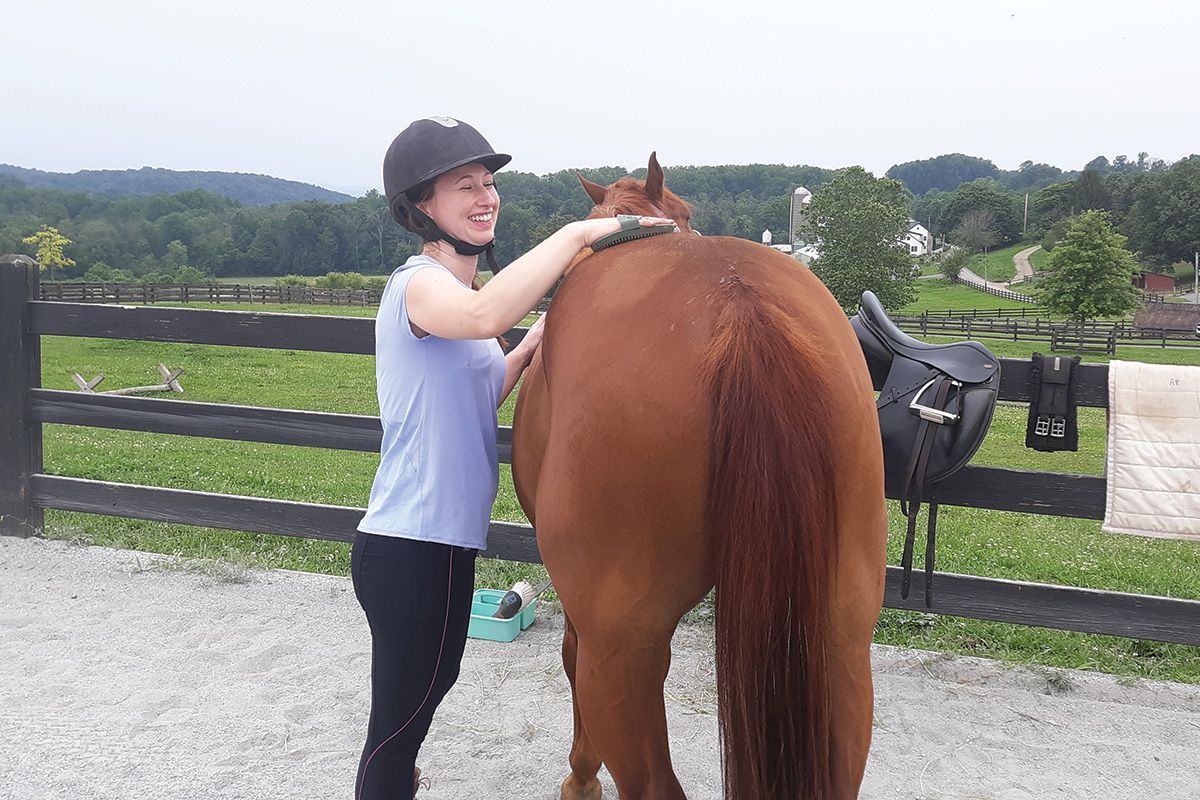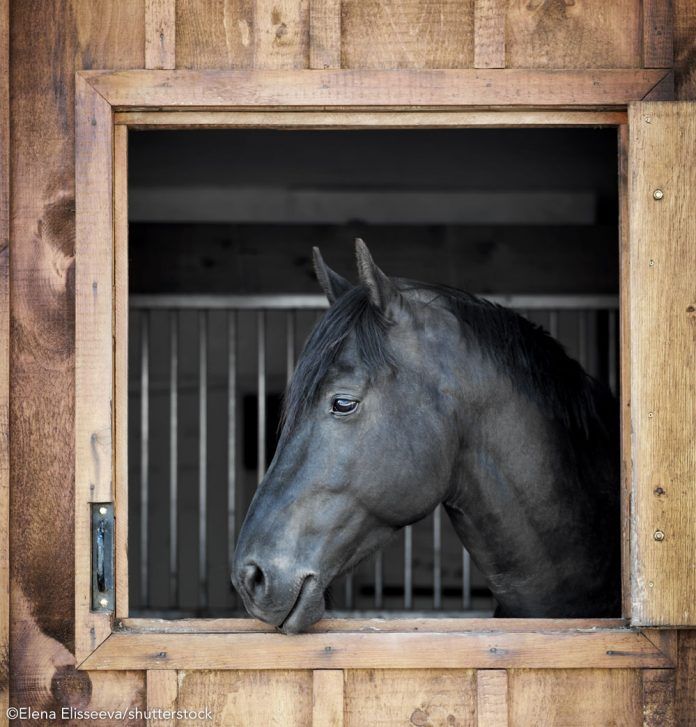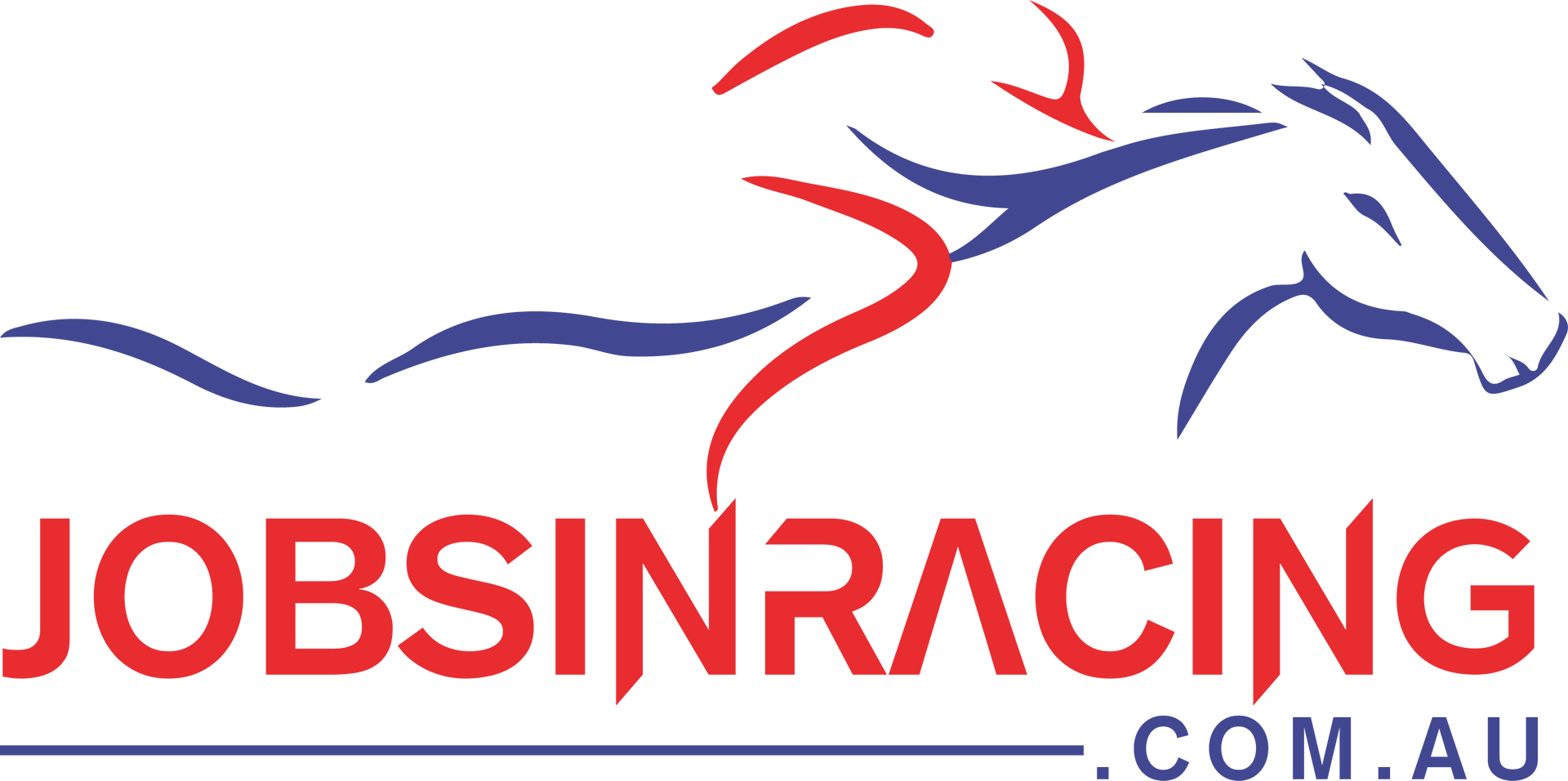Basing Horses’ Ideal Living Situations On Equine Behavior
A welfare-inspired revolution in equine stables and paddocks facilitates companionship.
All horse owners dream of beautiful barns, arenas, and paddocks, but equine behavior and welfare leaders are urging them to open up their barns, rethink time spent in box stalls, link their paddocks, and let horses be horses—together.
Building a Dream Barn
Constructing an ideal horse farm has usually focused on improved ventilation, energy efficiency, safe flooring, buoyant footing, and green paddocks with horse-friendly fencing. But now experts remind us that those are our goals. What would our horses want in the way of a perfect farm? The first thing to realize is that a one-size-fits-all vision can never apply to horsekeeping, whether it’s the dream of a human or a horse. Every property is different, just as every horse owner’s goals and budget are different. However, what your horse wants and needs may be well within your budget.
Horse owners want their horses to be safe, above all else. Some would say that they want their horses to be safe and happy, but how people define a happy horse is subjective. Equine behavior research from universities around the world has grown into an impressive body of peer-reviewed literature.
We want horses to fit into our lives, but we also want to find ways to stop their cribbing, weaving, and aggression problems. Now we are being asked to solve problems by changing the way horses are managed and housed.
Natural boarding and natural horsekeeping have been established alternatives for many years, but now they have research on their side. Horse owners are also realizing that incorporating social-friendly aspects into their management schemes yields great payoffs without having to make a huge investment all at once, or without sacrificing some aspects of their traditional setups.
Group Housing in Equine Behavior Research
Today’s equine behavior research is looking closely at the way we confine horses in individual stalls. Especially in Europe, researchers are questioning the use of stalls at all. A long tradition exists there called “group housing,” especially for horses used in breeding.
If group housing doesn’t sound familiar, it’s because its roots are European. More than 30 scientific studies have been conducted on horses stabled indoors living in communal groups instead of in individual stalls. Ten new studies have been published since the pandemic began, with more expected.
At the majestic Spanish Riding School breeding farm in Piber, Austria, visitors are often shocked to see a dozen or more mares living together under a common roof, sometimes called “lying halls” in Europe, with their foals at their sides. These valuable animals live quietly together, with little aggression. Barn workers walk among the horses.
Moreover, when it comes time to move the mares to a huge pasture to graze each day, 30 or more mares and foals may be released at once, together. They gallop together, without aggression, through a narrow roadway to the field that waits for them.
U.S.-Based Solutions
So, should you “quit stalling?” Turning horses out together can make most horse owners nervous. Americans probably aren’t ready to make the leap to Euro-style group housing, but plenty can be done in traditional barns to make stables more aligned with welfare principles and equine behavior preferences.
In America, horses often live solo lives. They often spend more time with people than with other horses. A recent trend to build run-out pens out from individual stalls has been accepted as progress, but critics say they are not enough. Horses can see each other, but often cannot touch or groom each other.
Researchers like Australian equine behaviorist Andrew McLean caution that visual contact is not enough. What really matters, he says, is that a horse be able to socialize with a compatible horse in the stall or pen next to it.
Horses require movement, but they also crave, and may even require, direct physical proximity to other horses, according to McLean, who presented some simple ideas for updating stable designs in a webinar for World Horse Welfare in March 2022. Entitled “Can a stabled horse truly be a ‘happy’ horse?” the webinar explored the welfare and behavior aspects of horses in stalls and compared ideal farm designs with realistic ones.
McLean, like others, is cautious about endorsing a switch to group stalls, at least until or unless the herd’s dynamics are established. Safety is a great concern, since open-barn living often cannot provide cover for a horse that needs protection from aggression, especially at feeding time.
Also at risk are humans who may need to enter the common area and move among horses. In Europe, new designs of feeders and watering systems for group-housed horses are making news in barn design.
Social Box Stalls
For some time, stable design has focused on both better air circulation and facilitation of visual contact between horses, especially through using sight-friendly upper bars between stalls. McLean showed examples of the next level of this option from an Australian architect who has created curved bar dividers allowing horses to touch between stalls. Some have sliding bar windows that can be closed if aggression is a problem.
According to McLean and many of his colleagues, the “social box stall” is an idea whose time has come.
McLean related the experience of a racehorse training facility in Australia where old brick walls between stalls were crumbling in places, creating unintentional social opportunities between horses in adjacent stalls. According to McLean, Thoroughbreds returning to their stalls from work would go directly to the broken wall and touch and sniff the horse next door.
Building a better horse farm may be a noble undertaking for an owner, but there is also the possibility of changes in horse management being mandated by equine welfare policies in the future.
Some stables have insufficient grazing and turnout for the number of horses housed, requiring horses to be turned out for only short periods of time. Working on interior changes to stalls may be an easy and relatively economical solution to relieve the stress that these horses feel in stall-bound isolation.
Human companionship, stable toys, and even stall mirrors are other methods recommended to assuage horses, although experts claim such methods are a distant second choice to horses being able to touch their companions.
As with all changes to horses’ lifestyles, gradual and calm introduction to alterations will help horses adjust if the idea of having a more social life is new to them.
Paddock Paradise
Another idea brought forward in recent years has been that a paddock can be much more than a flat, open field. It can be an interactive playground for your herd and have many healthy components to keep horses moving and engaged in therapeutic equine herd behavior.
“Paddock Paradise” is a concept put forth in a book by the same name by author Jaime Jackson, whose years of observing feral horses inspired him to incorporate aspects of their lifestyle into the pastures of American domestic horses.
Of particular interest to Jackson was using environmental components conducive to healthy feet that don’t require shoes. In the 15 years since the book’s publication, many horse owners have embraced his paradigm of active pasture life for horses, although many Americans are frustrated by limitations in the amount of land available to them.
No matter what size your paddock is, you can help your horses make the most of their turnout time. New designs for turnout hay stations and slow feeders are a basic element that were not common 20 years ago but are today.
A true Paddock Paradise is a sectioned-off track that encourages horses to keep moving. Their progress is motivated by progressive grazing and feed stations. Most owners will opt for temporary or electric fencing, so that the track can be easily modified by season or to utilize better grazing as needed.
Some horse owners cleverly add water elements or variations in footing, which may aid in hoof health, and include both shaded and sunny areas, and wider sections where horses may pause, gather, or take a nap. Another benefit is that horses can become familiar with new objects, natural obstacles like logs and ditches or changes in footing, which may pay off on the trail.
Sacrifice Areas and Strip Grazing
The flip side of a paddock paradise is the paddock that represents deprivation. Dry lot or “sacrifice” turnout is ideal for horses with problems like equine metabolic syndrome. No grass is allowed to grow in this barren space, and the horses are fed hay, often from a slow feeder.
This type of paddock is also useful as a backup when other grazing is deep in mud or has been recently seeded.
A simple practice in use on many farms has been the interconnection of existing paddocks by adding gates directly between adjacent paddocks, creating a larger common space and more chance for interaction between horses, but making smaller paddocks possible when and if needed for a new horse or special situations.
Run-in sheds are a popular and relatively economical way to provide shelter during turnout if allowing horses to live a truly independent natural lifestyle around the clock.
Another useful type of paddock planning is strip grazing to aid in weight loss and laminitis prevention, especially in spring. Simple, moveable electric fence cordons off sections of pasture so horses are gradually exposed to limited amounts of spring grass. British research has documented that horses lose weight when their grazing is restricted in this way.
These temporary electric fields can also be used in the opposite way, moving horses between good grass areas while allowing overgrazed areas to rest and grow back.
Around the World
A 2015 study compiled by World Horse Welfare and Eurogroup for Animals was designed to move forward in welfare education in the area of horse management. It addressed continuous stall confinement, lack of social interaction, and other issues to be considered. Unfortunately, the isolation years of the pandemic prevented those efforts from further development.
The following are some current horse welfare laws in place in Europe:
◆ In France, a new law requires horse owners to hold licenses.
◆ The Netherlands now judges horse welfare based on the type of horses or the number of horses on a property.
◆ Sweden is probably the country with the most equine welfare oversight by government. A Sweden’s 2007 Animal Welfare Act requires that all horses have daily exercise in paddocks that allow horses to exercise at all gaits.
◆ A British government code of practice covering group housing specifies that all horses have access to hay, feed, and water and that sufficient free space for movement be provided so that all horses can lie down at the same time, and that aggressive horses be segregated.
◆ Also in Britain, the Royal Society for the Protection of Horses recommends that horses not be housed alone in individual paddocks or pens, and that indoor stalls allow horses to both see and interact with their neighbors.
Looking Ahead on the Basis of Equine Behavior and Welfare
Look behind every barn door you can for new ideas. Extension agents, equine behaviorists, and architects may have innovative suggestions you haven’t thought of. Through the input of diligent researchers and promotion by dedicated horse welfare advocates, equine behavior-based social needs are now in the spotlight.
Just remember, where horses would like to live may not be as important to them as who they’d like to live next to. Being able to safely touch and smell familiar herd mates, both in the barn and in the pasture, is at the top of every horse’s wish list.
Source: https://www.horseillustrated.com/horses-ideal-living-situations-based-on-equine-behavior


